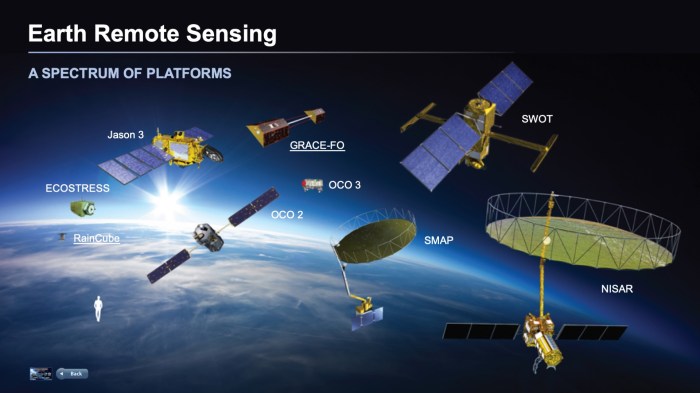Erosion Rates Gizmo Answer Key PDF provides a comprehensive guide to understanding erosion rates, their influencing factors, and the impact of human activities. This guide serves as a valuable resource for students, researchers, and environmental professionals seeking to gain insights into the complex processes of erosion.
Erosion is a natural process that involves the wearing away of the Earth’s surface by water, wind, and other geological forces. Understanding erosion rates is crucial for assessing the impact of erosion on landscapes, ecosystems, and human infrastructure. The Gizmo simulation and its accompanying answer key provide a valuable tool for exploring these concepts and gaining a deeper understanding of erosion processes.
Erosion Rates
Erosion is the process by which soil and rock are worn away by the action of water, wind, or ice. The rate at which erosion occurs is influenced by a number of factors, including:
- The type of material being eroded
- The amount of vegetation cover
- The slope of the land
- The amount of rainfall
- The presence of human activities
Erosion rates can vary significantly in different environments. For example, erosion rates are typically higher in areas with steep slopes, high rainfall, and little vegetation cover. In contrast, erosion rates are typically lower in areas with flat slopes, low rainfall, and dense vegetation cover.Human
activities can also have a significant impact on erosion rates. For example, deforestation, agriculture, and mining can all increase erosion rates.
Gizmo Answer Key PDF, Erosion rates gizmo answer key pdf
The Gizmo answer key PDF for the Erosion Rates simulation can be found here: [link ke PDF]The answer key is organized into a table with columns for question, answer, and explanation.
Erosion Measurement Techniques
There are a number of different methods that can be used to measure erosion rates. These methods include:
- Field surveys
- Remote sensing
- Sediment traps
- Radioactive tracers
Each of these methods has its own advantages and disadvantages. Field surveys are the most accurate method, but they can be time-consuming and expensive. Remote sensing is a less accurate method, but it can be used to cover large areas quickly and inexpensively.
Sediment traps are a relatively inexpensive method, but they can only be used to measure erosion rates in small areas. Radioactive tracers are a very accurate method, but they can be expensive and difficult to use.
Erosion Control Measures
There are a number of different erosion control measures that can be implemented to reduce erosion rates. These measures include:
- Revegetation
- Terracing
- Contour plowing
- Check dams
- Riprap
The type of erosion control measure that is most effective will depend on the specific site conditions.
Questions and Answers: Erosion Rates Gizmo Answer Key Pdf
What factors influence erosion rates?
Erosion rates are influenced by factors such as the type of soil, slope angle, vegetation cover, rainfall intensity, and wind speed.
How can erosion rates be measured?
Erosion rates can be measured using various methods, including field measurements, remote sensing, and modeling techniques.
What are some common erosion control measures?
Common erosion control measures include terraces, contour farming, mulching, and the use of vegetation to stabilize slopes.
